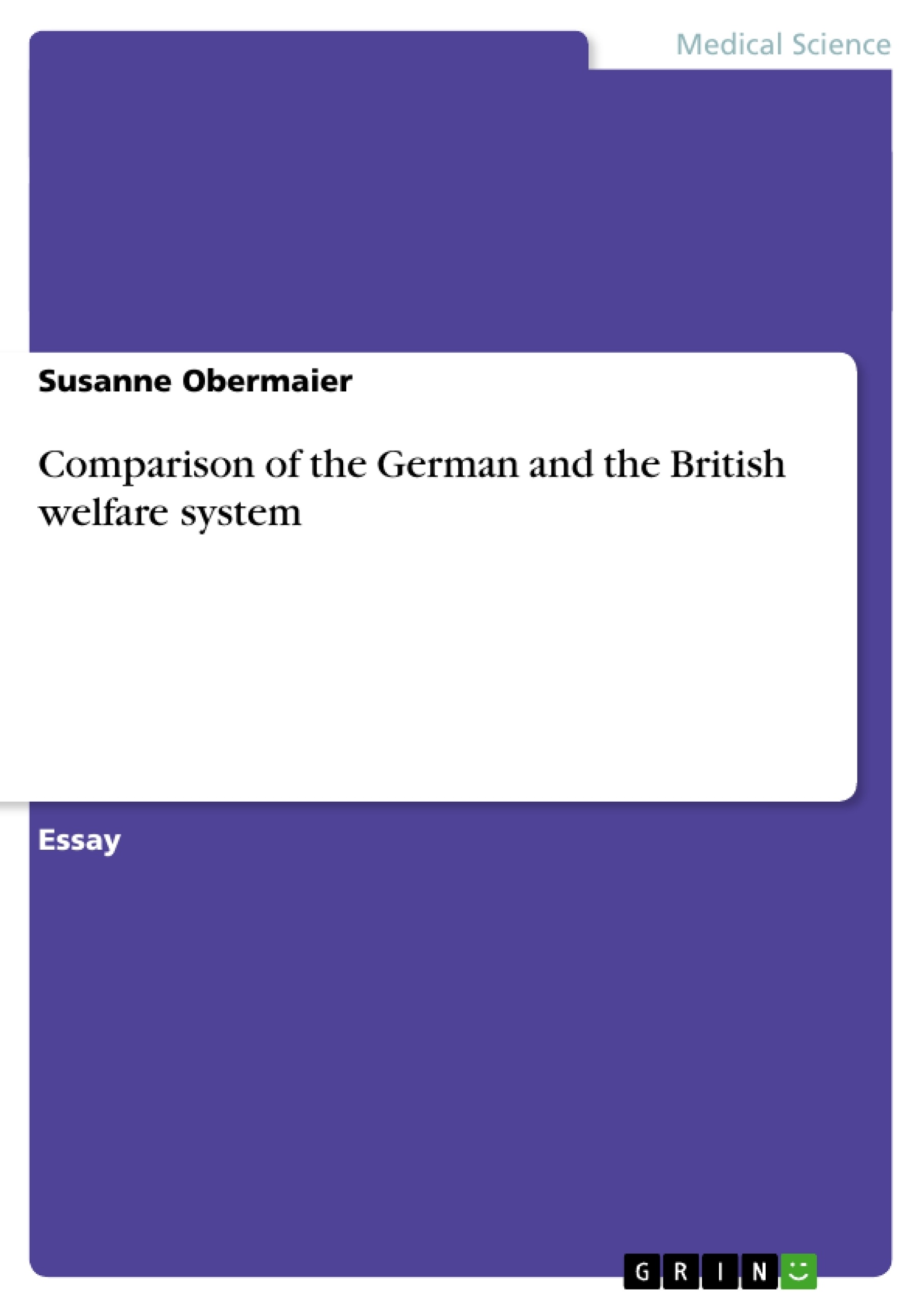How are the German and the British social security systems comparable? What are the problems when evaluating welfare states? A short overview.
Comparison of the German and the British welfare system

Essay , 2009 , 10 Pages , Grade: 2-3
Autor:in: BA Susanne Obermaier (Author)
Excerpt & Details Look inside the ebook

